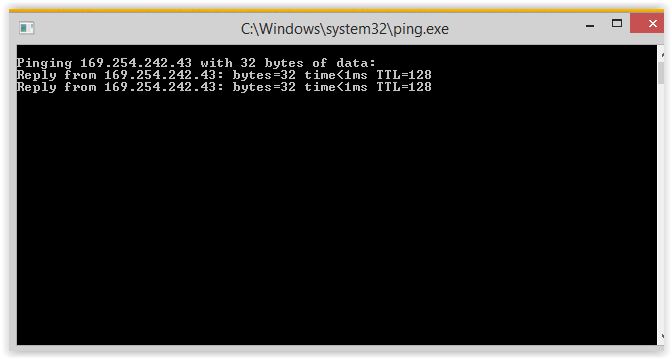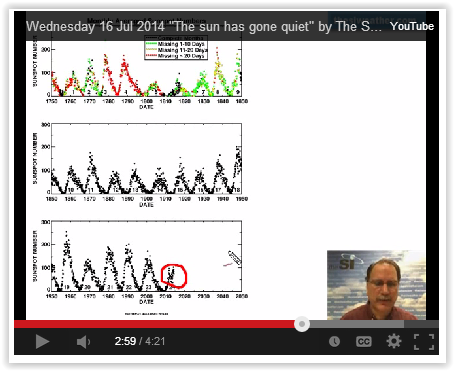I've been up and running for a few days with my new QRP radio and I have favorable impressions. If I were to describe it, it's kind of a cross between the old style flex like a Flex 3000 and the new style flex like a 6300, BUT it is a radio with a character and design philosophy unto itself. I've been doing SDR of one kind or another since about 2004. I started with the old SDR-1000 and progressed through the F5K the F3K several Soft Rock variations and various other stand alone SDR's. I consider a SDR to be a wide band affair with the heavy lifting of signal processing done in software. Usually I would consider a direct conversion to a base band like the SDR-1000 or something that directly converts off the antenna like the Flex 6000 to be what I consider a SDR. I do not consider radios that are narrow band that is radios that do the majority of their signal processing in analogue hardware to be SDR's. The K3 is an example of that kind of radio. In my opinion narrow radios represent a completely different kind of architecture because they literally throw away 99.999% of the available information, information that can be used to great advantage. I consider this kind of radio architecture not much different than a HW-100 with a W9GR DSP hooked to the headphone jack. Just my opinion.
The SDR-1000 had a signal presented to the antenna, and it was directly converted to a wide audio baseband capable of being processed by a high end sound card. The sound card was the means through which the analogue baseband signal was converted into a digital format to be handled by the computer for processing. Radio control was accomplished by bit banging the hell out of a LPT printer port.
Most of the other SDR's like the softrock radios followed something like this format perhaps substituting a USB port for the LPT. The 5K/3K substituted a true A/D converter for the "sound card" which improved performance. They also moved to firewire for radio control. Flex had adopted an opensource license for its software and every body and their was using Flex's software to run their "SDR". Along this time there came into existence several intrepid experimenters who were very interested in pushing the envelop of SDR design. The firewire/soundcard/direct conversion technique gave band widths up to a few hundred khz. There was a promise that as better ADC's were developed of being able to receive dozens and dozens of MHZ directly on the antenna directly converting it into the digital format needed for processing.
What was born was HPSDR and some providers came together to sell kits of various hardware. The kits were created to be modular. There was a backplane called atlas and a USB interface called OZY and a receiver called Mercury etc. The firmware was written and over time you could piece together a pretty impressive radio. I built some of these kits and had the receiver going but business and family interests in my life intervened and that project got put in a drawer. Mercury was pretty impressive. It could receive and decode up to 55 MHZ bandwidth directly. The connection was over USB 2 and some form of PowerSDR was the primary software though there were other programs written to do the control and analysis chores.
I got back to ham radio a few months ago with the advent of the 6300. The 6300 architecture is quite a bit different. In the case of the SDR-1000 you could view the SDR-1000 as a modem and the actual "radio" was PowerSDR inside the computer. As the band width between the modem and the computer grew and as the processing power of computers grew the power of the radio also grew. The radio in the case of the 6300 resides in the 6300 not in the computer. The 6300 had a ADC to convert RF into data, and the data is manipulated directly inside the 6300 by programming a FPGA. The radio therefore behaves more like a server/client in fact exactly like a server/client as opposed to modem/computer. The 6300's functions are accessed by a API programming language. This radio therefore is much more stand alone. I am on the alpha team and in fact in some instances of buggy code you could shut down SmartSDR and if you still had CW skimmer connected through SDR-Bridge (another client) you could easily click tune around the band using Skimmer to drive the radio. You had freq readout and the skimmer waterfall to see what was coming by. Radio connection is via Ethernet
The Anan-10 is somewhere in between. It is basically the logical extension of the HPSDR hardware schemata all rolled into one nice box
This is a shot of the data stream between the Anan-10 and my computer. Compared to the old days the throughput is HUGE. This is the reason the radio behaves so nicely, and it does behave nicely. It doesn't matter to me what the bandwidth is as long as the job gets done.
Here in contrast is a shot of the 6300's bandwidth
Much much smaller because all the processing is being done inside the radio not on the computer. This has advantages and disadvantages. One disadvantage is the 6300 has a fixed amount of resources and once used up they are pretty much used up. The Anan on the other hand being half in the computer has the advantage of being expandable to some extent. It also has the advantage that other software can be written for it's hardware. I guess there is something called cuSDR which is being written for Anan but it seems to be more vapor than real. This is a real difference and can not be understated:
Flex provides a complete radio software, hardware, and customer service. The program that primarily runs the Anan is a much modified free edition of PowerSDR. There are a lot of people that will probably loose their minds over that statement but I grew up with the progression of PowerSDR and even though advances have been made in the product, very significant advances, it is still in considerable part a Flex product. I was involved in the design of the 5000 and I know the countless hours and iterations that went into that product, and I think that is in part why there are no other competing programs of consequence. IT'S A HELL OF A LOT OF WORK! Apache Labs on the other hand is a hardware company. You buy hardware from them not software so when you see the big price difference between the products understand why the difference occurs. Writing software that is bug free and functional for such a small market as well as providing customer support is not cheap.
Since this is open source in the back of my mind I worry what would happen if development ceases since the initial energy hump in getting software off the ground (as in Gibbs free energy) is not trivial. This isn't like linux where there are thousands of kids (and kids at heart) out there banging out code. It's kind of like trading penny stocks. The price may rocket, but then who are you going to sell your rocketed shares too once you decide to unload. If the market is small and thinly traded the risk goes up dramatically.
My experience of this little radio is that it is a well polished very functional product. So much so that I wish I would have held out for a 100 w radio. It is not a QSK radio. Flex has completely solved the QSK problem at least to 100 wpm. That radio is as good as any Ten Tec ever conceived. Turn around is in the 6 ms range. My Anan-10 is more like a 15-20 ms radio which belies the nature of how the hardware works with the program. Even with 100mbit Ethernet it's not going to beat FPGA. Does that matter? To me it really doesn't. I don't care about hear between dits except maybe in the highest performance contest situation. The Anan-10 has a GREAT RECEIVER!!! It is quiet and has plenty of functional noise abatement. It has great transmitted audio even with a cheap $10 big lot skype headset. You have the ability to tinker with the radio in both software and hardware. PowerSDR was always great in this. SmartSDR by its nature since it is written in FPGA code is less flexible to tinkering. It has user configurable inputs and outputs which lends itself to expansion and control. One example is the predistortion setup. It allows for data to be captured and applied to the transmitted audio signal BEFORE the sideband signal is generated therefore greatly decreasing distortion products. I haven't figured it out yet but it looks to me like I can get band related BCD out of this radio to run my auto band switching amplifier and antenna switches. You can access radio control via CAT and programs like DDUTIL and loggers like Log4OM work flawlessly. I even dug an old shuttle pro-2 knob out of the drawer and hooked it up so I can use it to tune the radio
Ham radio has become rich and varied in its offerings and technology. Each SDR format offers something different as well. None of it has everything, at least not yet. I'm just having a gas (anesthesiologist joke) sitting back and enjoying the ride
I would pick this sucker over a KX3 any day of the week! Far more fun potential.
73 W9OY






















































